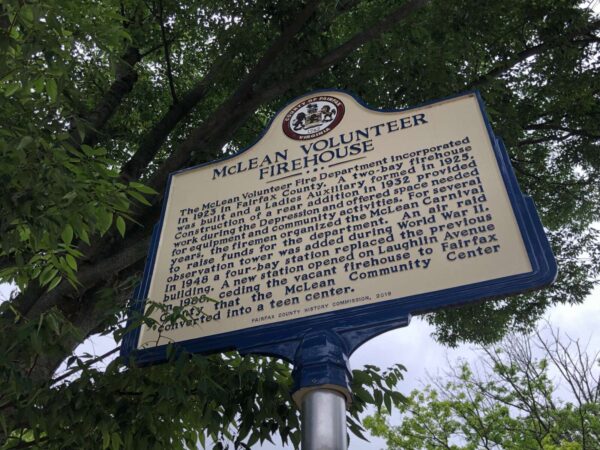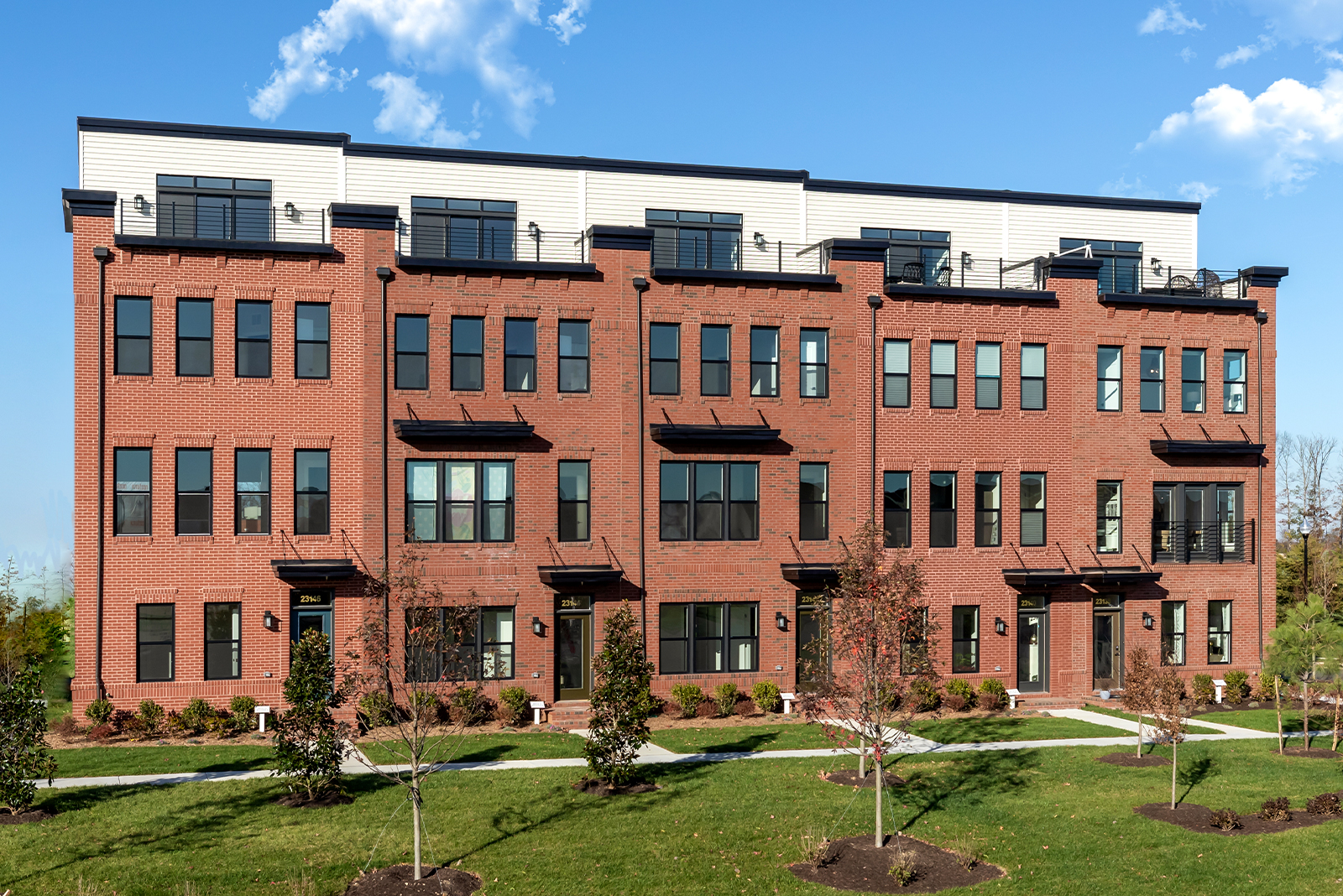
Fairfax County will install six new historical markers over the next year honoring Black and African-American history. The markers will highlight local civil rights activists, enslaved peoples, educators, and a famed four-star general.
At last week’s Fairfax County Board of Supervisors meeting, it was revealed that a Board-appointed committee had chosen the winners of the inaugural “Historical Marker Contest.”
The student-led contest, which was launched a year ago, was designed “to focus on narratives and oral histories of our African American communities, whose history, culture, and accomplishments in the County are underrepresented in our history books, lessons, and markers.”
Local students submitted 53 proposals for potential markers that held relevance to Black/African American history in the county. From there, 14 finalists were considered, and six were chosen.
The winning proposals will become physical historical markers sometime in the next year, per Providence District Supervisor Dalia Palchik, who presented the joint board matter at the meeting on Sept. 13.
The six markers are:
- Louis Archer — The principal at a one-room schoolhouse in Vienna during the early part of the 20th century. She also established one of the county’s earliest 4-H Clubs for African Americans
- Lillian Blackwell — A civil rights activist who successfully sued Virginia to ban segregation in public accommodations, including schools and movie theaters
- Annie Harper — A Gum Springs resident who successfully challenged Virginia’s poll tax.
- Gunnell’s Chapel — A small wooden post-Civil War Methodist church in Langley
- General Colin Powell — A four-star general who was also the first African American to be appointed Chairman of the Joint Chiefs of Staff as well as Secretary of Staff. He was a McLean resident.
- The West Springfield 16 — A group of 16 enslaved persons who lived and worked on the property where West Springfield High School now sits
Next, staff and the History Commission wil work to “refine the language of the marker,” have the marker made, and plan the eventual installations.
As Palchik noted at the meeting, the process to get each marker made and installed can be a “lengthy one” but the plan is to have them all in place within a year.
The board matter also authorized the preparation of a proclamation honoring the students, county and Fairfax County Public Schools staff, and the voting committee for their ideas and work to make these markers a reality.
Their work “has allowed us to engage deeply and authentically with the contributions of our Black/African American community in Fairfax County,” the board matter says.





